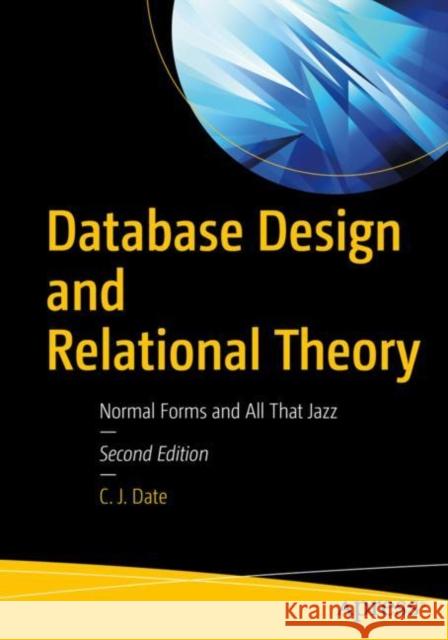Database Design and Relational Theory: Normal Forms and All That Jazz » książka



Database Design and Relational Theory: Normal Forms and All That Jazz
ISBN-13: 9781484255391 / Angielski / Miękka / 2019 / 451 str.
Database Design and Relational Theory: Normal Forms and All That Jazz
ISBN-13: 9781484255391 / Angielski / Miękka / 2019 / 451 str.
(netto: 199,06 VAT: 5%)
Najniższa cena z 30 dni: 208,44
ok. 16-18 dni roboczych
Dostawa w 2026 r.
Darmowa dostawa!
Intermediate-Advanced user level
CJ Date is an independent author, lecturer, researcher, and consultant, specializing in relational database technology, a field he helped pioneer. Prior to leaving IBM in 1983, he was involved in technical planning and externals design for the IBM products SQL/DS and DB2. His book An Introduction to Database Systems (8th edition) is the standard text on the subject and has sold 900,000 copies, not counting translations. It is used by several hundred colleges and universities worldwide. Mr. Date has delivered live lectures and seminars on database matters at locations throughout the world. He holds an honors degree in mathematics from Cambridge University and has made a number of original contributions to database theory. He enjoys a reputation that is second to none for his ability to explain complex technical issues in a clear and understandable fashion.
- Understand what design theory is and is not
- Be aware of the two different goals of normalization
- Know which normal forms are truly significant
- Apply design theory in practice
- Be familiar with techniques for dealing with redundancy
- Understand what consistency is and why it is crucially important
1997-2025 DolnySlask.com Agencja Internetowa
KrainaKsiazek.PL - Księgarnia Internetowa









